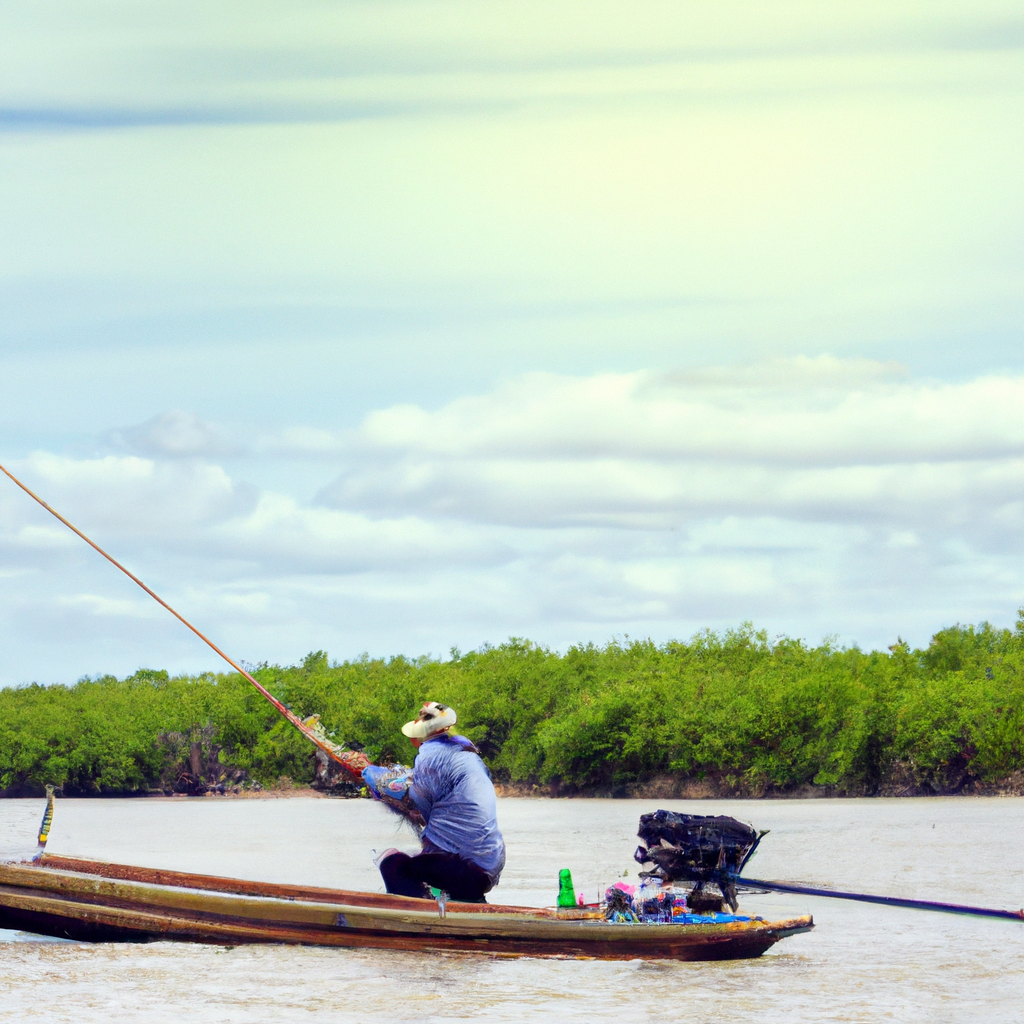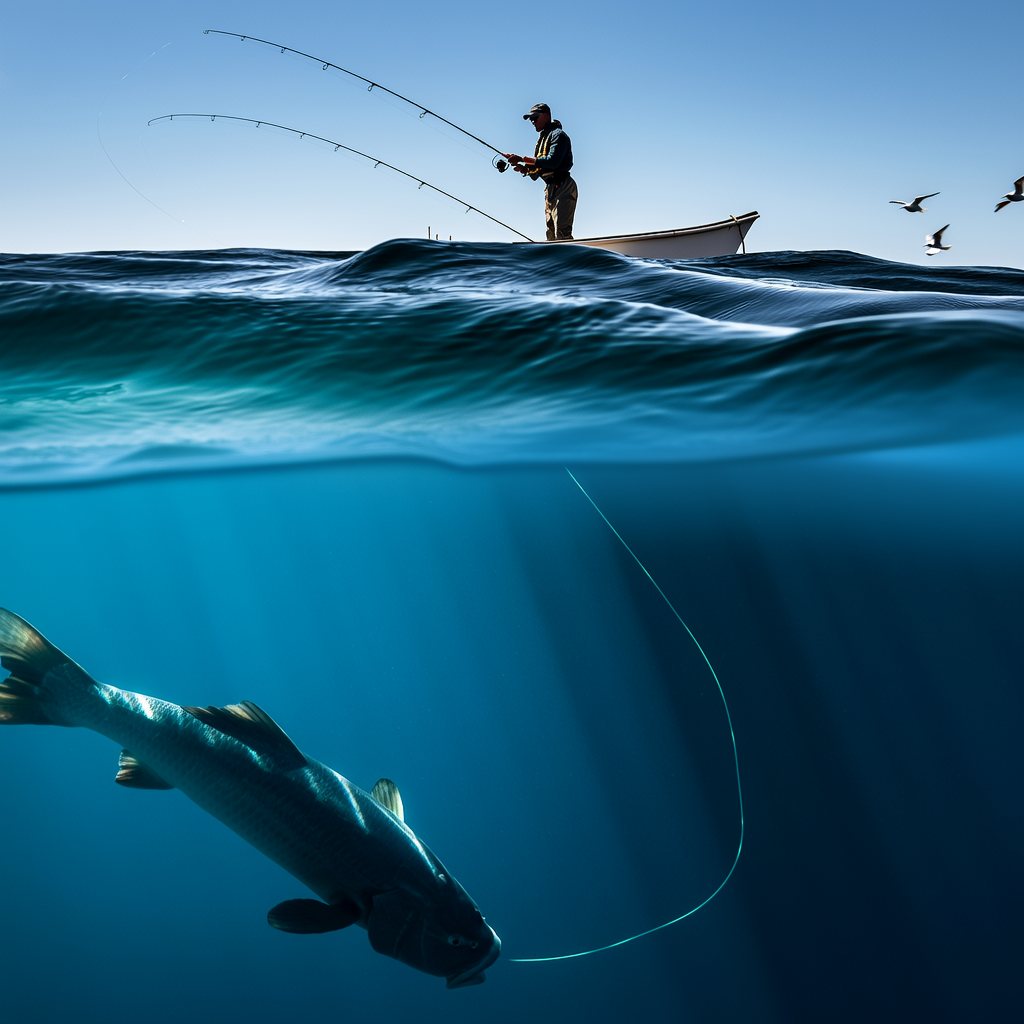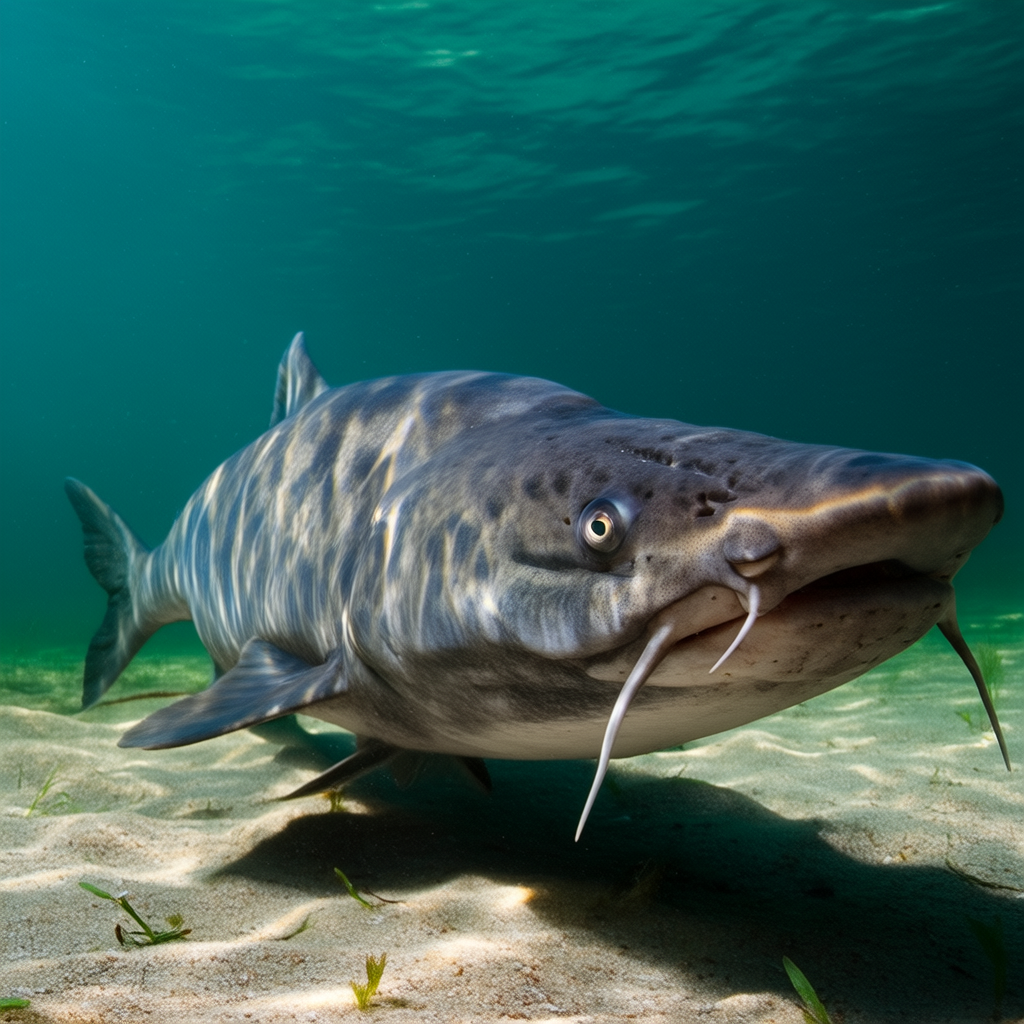Wildlife and fisheries play a crucial role in our natural ecosystems and are vital for maintaining biodiversity. They involve the management and conservation of diverse species of animals and plants in their respective habitats. Wildlife refers to all living organisms that are not domesticated, while fisheries specifically deal with the study and management of aquatic resources. This comprehensive field encompasses various aspects, from species conservation and habitat protection to sustainable management practices and research.
Conservation of Wildlife and Fisheries
The conservation of wildlife and fisheries is of utmost importance to ensure the long-term survival of species and their habitats. Through conservation efforts, we aim to protect endangered and threatened species, maintain ecological balance, and preserve the natural beauty and biodiversity of our planet. This involves creating protected areas, implementing strict regulations on hunting and fishing, and promoting sustainable practices in resource extraction and utilization.
Importance of Biodiversity
Biodiversity is the foundation of wildlife and fisheries conservation. It refers to the variety of life forms present in an ecosystem, including different species, genes, and ecological communities. Maintaining biodiversity is crucial as it provides various ecosystem services such as pollination, water purification, and climate regulation. Moreover, it enhances the resilience of ecosystems, ensuring their ability to adapt to changing environmental conditions.
Threats to Wildlife and Fisheries
Despite the efforts to protect wildlife and fisheries, they face numerous threats that jeopardize their existence. Habitat loss and degradation due to deforestation, urbanization, and pollution are among the major causes of species decline. Overexploitation through illegal hunting, poaching, and overfishing also poses a significant threat. Additionally, climate change and invasive species further exacerbate the challenges faced by wildlife and fisheries.
Management of Wildlife and Fisheries
The management of wildlife and fisheries involves the application of scientific principles and strategies to ensure sustainable practices and the conservation of species. It requires a multidisciplinary approach that includes ecological, social, and economic considerations. Management plans are developed to guide the conservation efforts, taking into account species populations, their habitats, and potential threats.
Protected Areas and Habitats
Protected areas are vital for safeguarding the habitats of wildlife and fisheries. These designated areas provide a safe haven where species can thrive undisturbed. National parks, wildlife refuges, and marine reserves are examples of protected areas that harbor a diverse range of species. Conservation efforts focus on regulating activities within these areas, minimizing human impact, and preserving critical habitats.
Sustainable Fishing Practices
Sustainable fishing practices are crucial for the long-term viability of fisheries. This involves setting fishing quotas, implementing size and bag limits, and promoting selective fishing techniques. By avoiding overfishing and allowing fish populations to replenish, we can maintain healthy ecosystems and ensure the continuity of the fishing industry. Additionally, promoting responsible fishing methods reduces bycatch and minimizes the negative impacts on non-target species and their habitats.
Research and Monitoring
Research and monitoring are essential components of wildlife and fisheries management. They provide valuable data and insights into species dynamics, population trends, and habitat conditions. Scientific studies help identify the specific needs of different species and contribute to the development of effective conservation strategies. Monitoring programs track changes in populations, assess the success of conservation interventions, and detect emerging threats.
Community Involvement
Community involvement is crucial in wildlife and fisheries conservation. Engaging local communities not only helps raise awareness about the importance of biodiversity but also ensures that conservation efforts align with the needs and interests of the people directly affected. Collaborative initiatives, such as community-based resource management and sustainable livelihood programs, promote a sense of ownership and foster stewardship of natural resources.
Educational Outreach
Educational outreach programs play a vital role in wildlife and fisheries conservation. By educating the public, schools, and local communities, we can foster a greater understanding and appreciation for the natural world. Teaching about the value of wildlife and fisheries, their role in ecosystems, and the importance of conservation can inspire individuals to become active participants in safeguarding these precious resources.
Conclusion
Wildlife and fisheries are of immense importance for the health and sustainability of our ecosystems. By prioritizing their conservation and adopting sustainable management practices, we can ensure their long-term viability. Through collaborations, research, education, and community involvement, we have the power to protect and preserve the rich biodiversity that exists within our wildlife and fisheries habitats.




